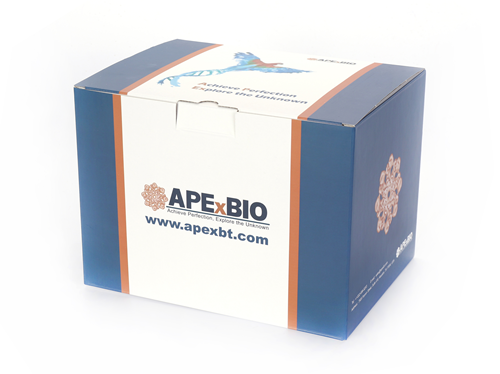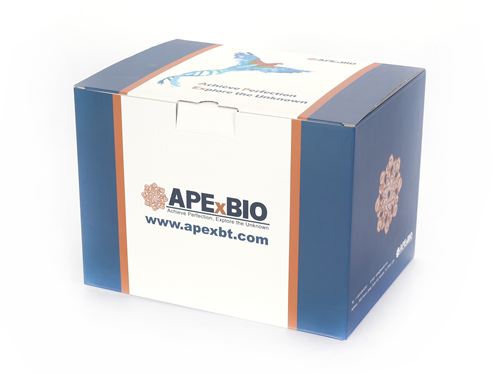Lipid Hydroperoxide (LPO) Assay Kit with 96-well plate
Lipid peroxidation is one of the important indicators to evaluate the level of oxidative stress, which results in the formation of highly reactive and unstable hydroperoxides of both saturated and unsaturated lipids. Traditionally, lipid peroxidation is mainly detected by measuring malondialdehyde (MDA) and 4-hydroxynonenal (4-HNE), the degradation products of polyunsaturated fatty acids (PUFAs). There are limitations to using both methods for detection, as only lipid peroxidation from PUFAs produces these products, which can lead to inaccurate results. Given the limitations of these assays, direct measurement of lipid peroxides is a better option.
Lipid Hydroperoxide (LPO) Assay Kit with 96-well plate is an optimized kit for the direct detection of lipid hydroperoxides using a redox reaction with ferrous ions. Lipid hydroperoxides are highly unstable and readily react with ferrous ions to form ferric ions, which can be detected by thiocyanate ions as chromogenic agents. However, many samples may contain ferric ions, which can interfere with detection. The kit is optimized to extract lipid hydroperoxides from samples with chloroform, eliminating any interference caused by hydrogen peroxide or endogenous ferric ions in the samples.
Compared to K2265, this kit provides a 96-well plate that can be used for this experiment, which is more convenient to use.

Figure 1: Reference standard curve for the spectrophotometric assay
| Components |
K2266-100 T |
|
LPO Assay FTS Reagent 1 |
3 mL |
|
LPO Assay FTS Reagent 2 |
3 mL |
|
Lipid Hydroperoxide Standard |
3.5 mL |
|
LPO Assay Extract R |
1 vial |
|
LPO Assay Triphenylphosphine |
1 vial |
|
96-well Glass-Coated Plastic Well Plate |
1 plate |
|
Foil Plate Cover |
1 cover |
|
Store Lipid Hydroperoxide Standard at -80°C, the remaining reagents should be stored at 4°C, 96-well Plate and Cover can be stored at room temperature. This kit is stable for 1 year. |
|








